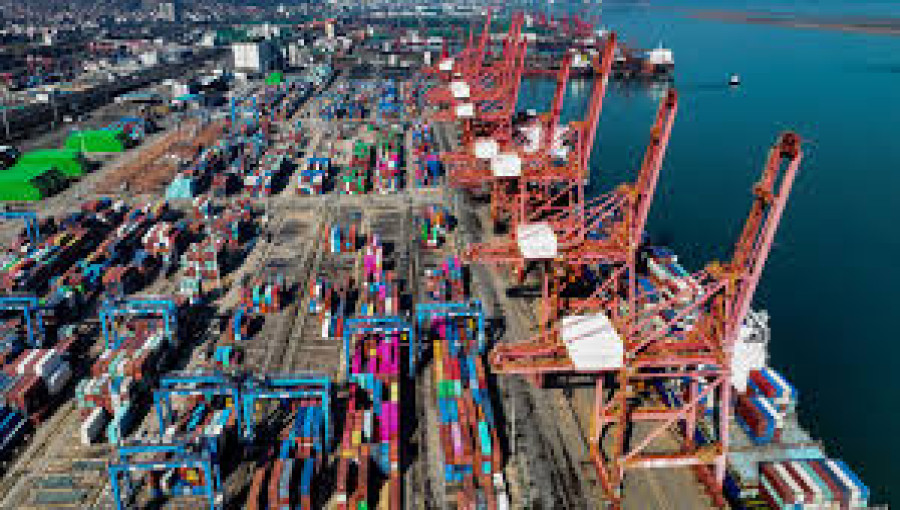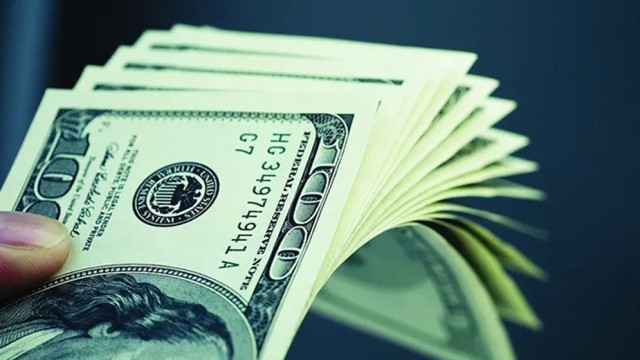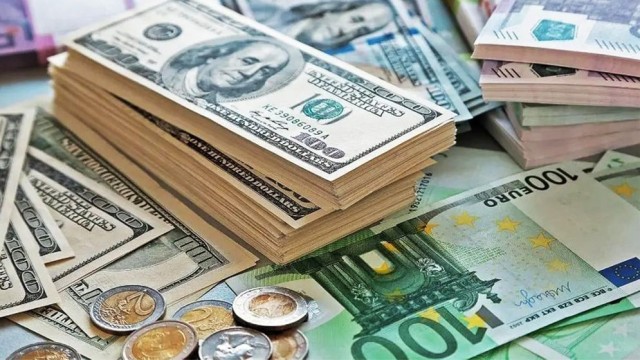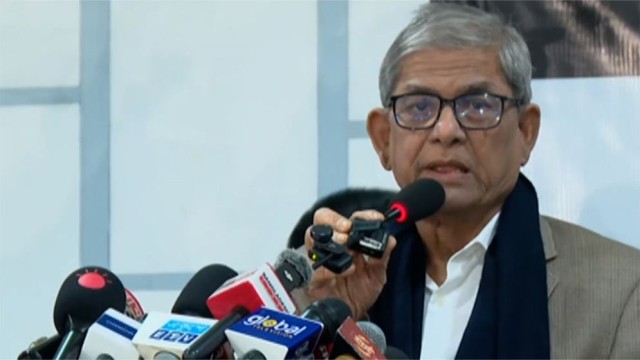Nov 07, V7N- In October, China saw a sharp increase in exports, with outbound shipments growing at the fastest rate in over two years. The growth, which reached 12.7% year-on-year, outpaced economists' forecast of 5.2% and was a significant leap from September's 2.4% increase. This surge is largely attributed to manufacturers rushing to ship inventory to major markets in anticipation of potential tariffs from the U.S. and the EU, especially given Donald Trump’s pre-election pledge to impose tariffs on Chinese imports. With Trump elected as the next U.S. president, his promise to enact tariffs as high as 60% has pushed Chinese exporters to front-load shipments to avoid future trade penalties.
While exports grew, imports fell by 2.3%, slightly more than the expected 1.5% decline, suggesting cooling global demand. Reports from South Korea, Taiwan, and Germany, as well as China’s own official factory survey, indicate that manufacturers are struggling to secure orders from overseas, leading some to cut prices or shift inventory out of the country.
China's export momentum received a further boost from favorable weather conditions in October, following September disruptions caused by Typhoon Bebinca and other natural disasters. The economic impact of these events in Q3 was estimated at 230 billion yuan ($32.23 billion) by the Ministry of Emergency Management.
Despite the boost in exports, challenges remain in China’s broader economy, which continues to grapple with weak domestic demand and a property market debt crisis. However, an official survey showed that overall manufacturing activity expanded for the first time in six months, driven by an increase in domestic orders.
To address ongoing economic pressures, Chinese officials are considering a $1.4 trillion fiscal package aimed at supporting local governments and stabilizing property developers' balance sheets, which could help alleviate strain on consumer demand.
END/BUS/RH/































Comment: